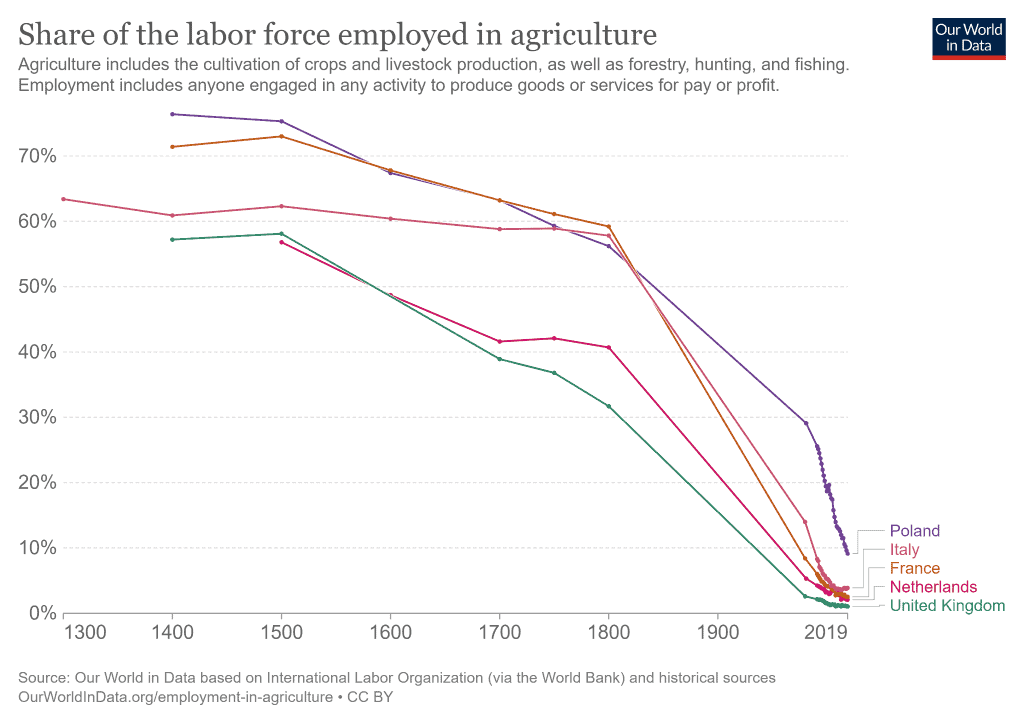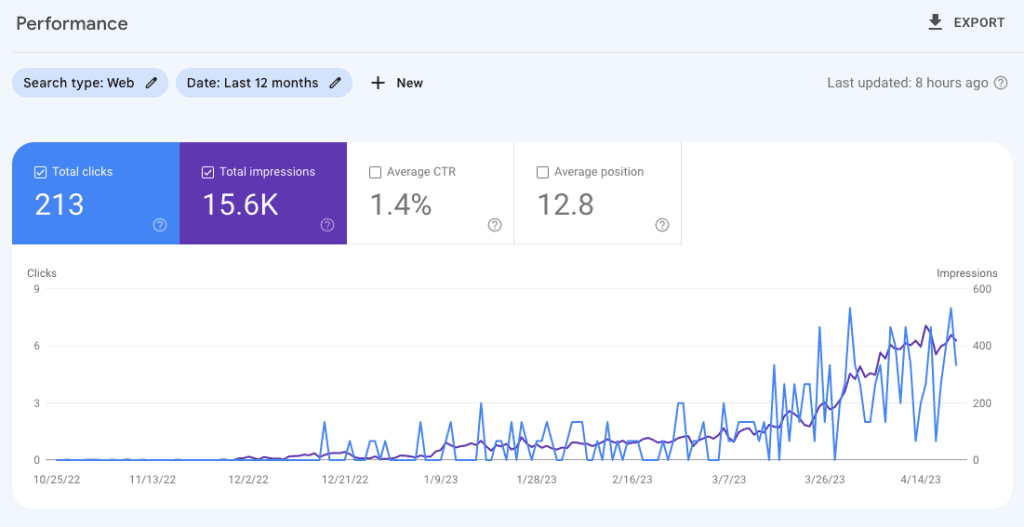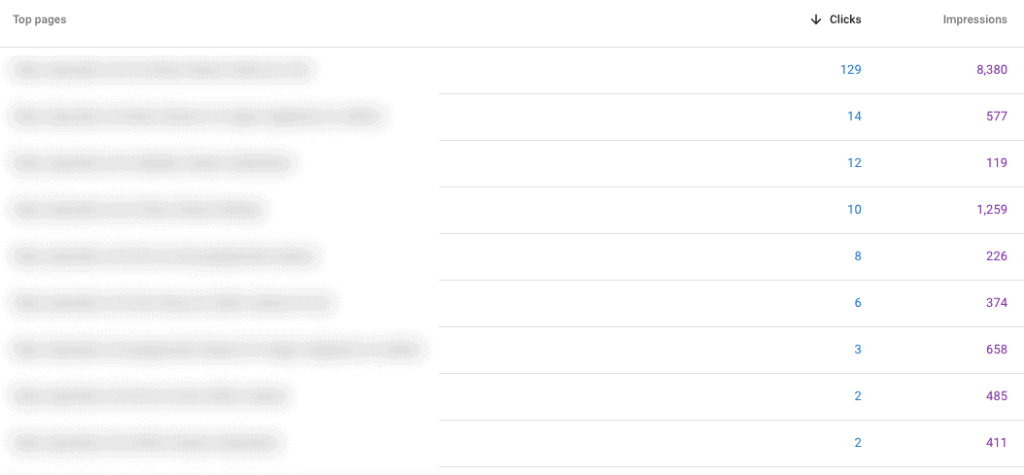Case Study 2, Month 5: Using AI for Programmatic SEO Content
Yoyao & Dim
Hey, everyone!
Dim here with another update for the programmatic SEO site I’m building with Yoyao.
Let’s start this one off with a story:
Less than a lifetime ago, elevators had two features they no longer have today.
Inside each elevator stood a uniformed man or woman — the operator — who would open the doors from floor to floor and greet elevator goers on their way in and out of the cabin. There was also a mechanical lever on the wall, which the operator used to control the cabin’s movement and speed manually.
The job wasn’t for everyone. To be an elevator operator, you had to like being around people and maneuver the cabin with precision, patience, and skill. Building owners had to hire carefully; they looked for responsible, composed workers who could keep a smile on their faces all day while working the elevator like clockwork.
By the 1970s, hiring elevator operators was a non-problem.
Every elevator was automated, and the once-omnipresent elevator operator was replaced by the less welcoming but more efficient mechanical buttons on a metal panel on the wall.
I’m sure that if you and I could walk into a futuristic-looking booth and travel back in time to an elevator operator union meeting in the 1950s when elevator automation technology was still in its nascence, we’d hear a union rep say that no machine would ever be capable of operating an elevator as safely and as smoothly as a human could — with everyone in the room nodding heads and clapping hands in agreement.
Will people in the future be saying the same about you and me? More importantly, how far off is this future?
If you think about it, ChatGPT is already doing this to content writers. To write, one used to need a computer — the lever — and the ability to type out structured, coherent thought — the skills — on the keyboard. Now, all they need is a prompt — the button — and the machine does the writing — controls the elevator — for them.
What made elevator automation technology so consequential wasn’t the fact that they replaced a mechanical lever with an automated panel. No, it was the fact that this small change allowed anyone who had never worked an elevator before to push a button and get to the floor they needed to go to without needing somebody in the cabin to do it for them.
Working an elevator used to be a job, a career. Now, it’s something you do on your way somewhere else, a means to an end rather than the end itself.
Photographers are facing the same existential crisis thanks to Midjourney and DALL·E.
One needed a camera — the lever — and a working knowledge of photography — the skills to take photos. Now, a photographer can generate an award-winning photo with just words. So can anyone else with a bit of imagination and ingenuity.
Photographers are plagued by the same question people had about operator elevators in the mid-50s: if we can generate lifelike pictures by ourselves, do we really need photographers to do it for us?
It gets even weirder when you add artists to the mix.
If anyone can train an AI model on Gordon Freeman’s image or Kanye West’s voice and produce movies or songs without them, you could say that actors no longer “own” their image… just like singers no longer “own” their voice.
Even if you’re skeptical about the rate or pace of change AI can introduce to our business. It only takes a few Google searches to realize this reality isn’t as far away as you think.
There’s a chance that AI will do to entertainment, journalism, media, and the entire white-collar economy what the Industrial Revolution started for manual labor in the 1870s (and what computers finished in the 1960s).
Just look at the share of the labor force employed in agriculture over time — where machines, first operated by humans and now increasingly more autonomous, replaced manual labor:

Who gets to profit from this change is a big, open question.
Are we elevator operators? Is Google less like the building owner and more like the union?
If we think of ourselves as the building owners, is generative AI then allowing anyone to spawn buildings just like ours with a few prompts?
In a world of done-for-you answers, what’s the future of websites, let alone search?
Will consumer habits — slow to change — and industry inertia — always a drag on change — be enough to counter, or at least slow down, an unprecedented shift in how we interface with information and use computers?
Remember, the World Wide Web was created by humans, for humans. With AI, we’re about to introduce something radically different into the mix, and we have no idea (yet) how it will pan out.
Darwinian evolution guarantees the survival of the fittest in life. In business, business models that are no longer efficient enough to keep growing and remain profitable eventually wean off and die. However I look at it, I can’t shake off the feeling that the way we create content today will be seen as grossly inefficient in tomorrow’s weird world of content creation.
The only rational thing left for business owners like you and I to do is the cliché: stay on top of change, cash in on some of our chips, and keep milking the cash cow for as long as we can – while remembering not to keep all of our eggs in one basket.
Advice for Using AI in Programmatic SEO Content Creation
For all of you building programmatic SEO sites out there, here are a few tips:
- Start thinking about how you can use the likes of Midjourney and DALL·E to generate images. They don’t have to be lifelike; you can prompt for sketches or color drawings. By keeping the outputs simple and stylized, you compensate for the lack of accuracy of the AI models in their current form.
- Insert the variable keyword — and as many variations of it as you can — in every sentence. (Seriously, in every sentence.) Doing so makes your sentences and paragraphs “more unique” from one article to another, which supposedly helps indexation and ranking. If you do it right, you won’t be penalized for keyword stuffing.
- Research, research, research. The time and money you save from writing should go to making your content richer with facts and quotes. Don’t just regurgitate the already-regurgitated content by everyone else on Page 1; try to do proprietary research or tap into better and more authoritative sources for your posts than your competitors.
March 2023 Metrics
Now, onto the programmatic SEO case study!
March was the least productive month I’ve had in years. I caught the flu, then a virus, and then dragged a cough and the unrelenting need to keep napping for three weeks. That, and one of my writers is running on low capacity because he did the right thing for his family and got a proper job.
Content
Now that I’ve set your expectations low (keep them that way for April), you won’t be disappointed to read that we published 8 articles on our programmatic SEO site based on 1 new template for 1 new cluster in March.
This brings our total to 10 templates live and 96 posts published across 2 clusters.
The new topical cluster is semantically related to the first one. Think of it as a subcategory of a broader category, if you will.
We continue to expand the entity coverage and, consequently, the topical authority of this site horizontally (more of the same) rather than vertically (more of something different).
| Topical Clusters | 2 |
| Entities Covered | 9 |
| Templates Live | 10 |
| Posts Published | 96 |
Still, progress is progress — and the purpose of this case study, after all, is to test out how well programmatic SEO content will perform on a Web written by humans… and now bots.
Traffic
We bought the domain name on October 23, 2022, exactly 181 days ago. Here’s what the last 12 months in Google Search Console’s performance tab look like:

The site survived Google’s algorithm updates in Q4 ‘22 and Q1 ‘23 (in contrast, some of the websites in my portfolio were hit by 10 to 40%) and kept growing, albeit slowly.
That one post is still killing it, and a few others are finally starting to pick up:

Indexing has been somewhat stable but stuck at plus/minus 60 pages — roughly 36 pages less than the index-worthy pages on the site:

All in all, not bad, but it could be better. The fact that the site has managed to stay on the good side of Google and not suffer a major blow in an algo update is encouraging.
We’re not pouring everything we can into this programmatic SEO website, at least not yet. But as it keeps growing, the site is making a stronger and stronger case to get more and more of our teams’ time and attention.
To be determined!
Even so, I don’t have the same appetite I used to have for this business. I have reduced the investment in new written content significantly across the board and am focusing on optimizing what I already have so that it ranks higher and converts better.
We’re at the point where AI is devaluing content on the web, and the law of diminishing returns is eating away at our moats the same way printing money is causing inflation in the economy to rise and making everyone poorer.
It’s a good time to keep and optimize or buy and flip quickly, and a bad one to build for the long run. Of course, I may be wrong.
And even if I’m right, this may change.
Who We Are
Yoyao
Yoyao manages his portfolio of niche and authority sites, publishes the Niche Surfer weekly newsletter, and has a topical map service that helps sites build topical authority and drive organic traffic.
Learn more about NicheSurfer.com and TopicalMap.com
Dim
Dim started his first site in 2007, when he stumbled upon a blog about making money online. He’s been buying, growing, and selling sites ever since. Fast-forward to today, and Dim owns an indie media company and runs Publetise, a weekly email newsletter for online publishers.
Subscribe to Dim’s newsletter at Publetise.com
I am understand and I try my best
Thanks for following along, Usama!
Dim
Hello.
You can send URL?
Sorry, Alex, we’re not disclosing the URL of this case study at this stage.
Dim
In the age of AI-generated content, I feel niche sites are going to be less and less profitable. Most niche sites just regurgitate the already regurgitated contents on page 1 of SERP as you mentioned in this article. Those contents just feel like a commodity instead of being unique.
People are craving more original content that’s filled with personality and exclusivity. People want to belong to a community. That’s what cannot replace be replaced by AI – the connection between people.
I’ve been debating on whether to build a niche site following the best SEO practices or just forget about SEO and build a community on a topic that I actually care about.
You make a good point, Jimmy.
It’s very, very hard to create, grow, and maintain an online community. But like you, I think online communities are more future-proof than niche websites. And if done right, they can monetize rather well with merch, memberships, and/or informational products.
I also see more chatter about and interest in email newsletters. If there’s one organic channel that’s outlived them all, that’s email. And it will likely stay that way for a long time until somebody comes up with something that’s better.
Dim
Hi,
Could you elaborate a bit on “Insert the variable keyword — and as many variations of it as you can — in every sentence. (Seriously, in every sentence.)”. Maybe an example? I’m trying to understand how this would be in an article?
Great question!
Suppose we’re writing about the Ford F-Series trucks.
Notice how we’re using a template, but that template has a good amount of variables, synonyms, and semantically-related terms.
# # #
FORD F-150
The {{Ford F-150}} is one of Ford’s best-selling models, and for good reason.
Tough and reliable, {{Ford-F150}} is a {{light-duty truck}} known for its hauling and towing capacity.
It’s {{popular among personal and commercial users}}, and it’s ideal for {{hauling materials, equipment, and towing small to medium-sized trailers and boats.}}
# # #
FORD F-250
The {{Ford F-250}} is one of Ford’s best-selling models, and for good reason.
Tough and reliable, {{Ford-F250}} is a {{heavy-duty truck}} known for its hauling and towing capacity.
It’s {{commonly used by commercial users}}, and it’s ideal for {{towing large trailers or hauling heavy loads.}}
# # #
Personally, I try to have at least 1 variable per sentence.
If you have 1-2 sentences or a whole paragraph that’s the same across a dozen or a few dozen articles within the article’s body, I think there’s a higher chance that Google may see and treat it as duplicate (or automatically-generated) content.
Hope this helps,
Dim